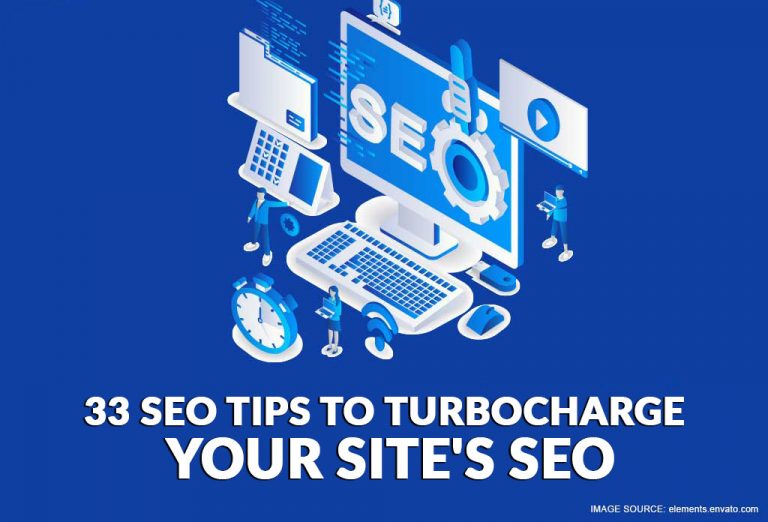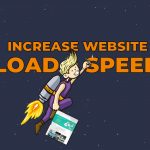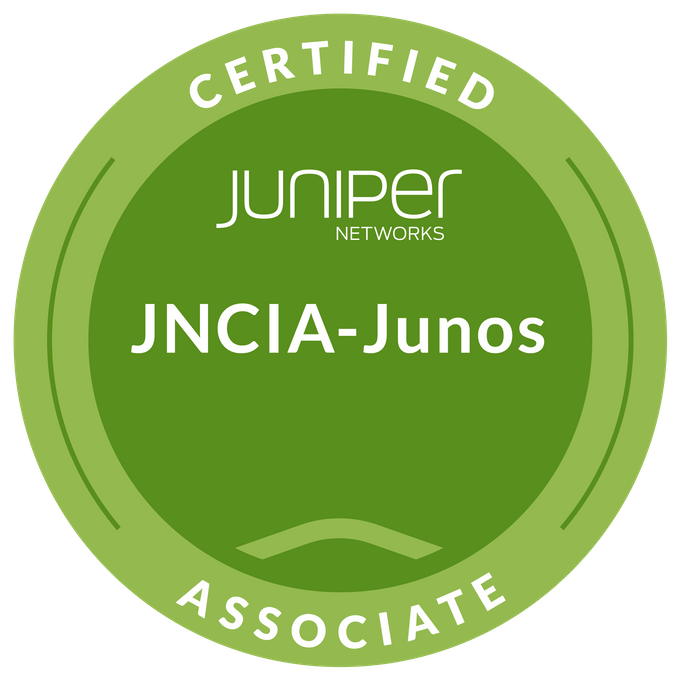If you’re looking to launch a new website and business then you need to figure out your SEO strategy to give you an edge on your competition straight out of the gate. Similarly, if you’re a seasoned eCommerce or website owner, you might need to tighten your SEO on your website. Either way, we’ve compiled the most comprehensive SEO checklist for you to get your website served on page 1 of search engine results. Complete the entire list, everything is a must-do! Let’s get started.
Table of Contents
Once You’ve Finished Building Your Site
Before launching your website, optimize it for search engines by following this list:
- Add a website title – Although you may use a business logo you should add a website title. The text will be indexed by search engines to boost SEO. We recommend you keep the title 60 characters or less and include one or more keywords but no more than two.
- Add a website description – Add a short (120 – 155 characters), applicable, readable description of your website to your SEO description. This text may appear below your site title in search results, depending on what your visitors search for.
- Add your location – Think of your local customers first and your site will have a better chance of appearing in searches for your area if Google and your customers can see your location. Especially if you have a business with a physical storefront, we recommend you create a Contact Us page with your address and a Google map.
- Connect a brandable domain – Using a brandable domain name strengthens your brand and makes it easier for potential customers to find you in search results remember to keep it to 16 characters or less and make it memorable.
- Connect to social media – Set up and enable social sharing to link to your social media profiles, choose at least 3 popular ones and push content as you publish it, and encourage visitors to share your pages.
- Add a browser icon – Your website’s browser icon or favicon gives visibility to your website’s brand. The icon sometimes appears in search results, browser tabs, and elsewhere on the web.
- Add social sharing images – Social sharing images are shown on social media when you or someone else shares your website. Add branded image to represent your whole site, one for each page individually, and a featured image for each blog post, product, etc.
- Add SEO descriptions – Be sure each page on your site has a unique SEO description with associated keywords. The text should be short, readable (120 – 155 characters), and describe the content of each page. You can also add SEO descriptions to individual blog posts, products pages, etc.
- Check your page and title formats – Control how your page headlines appear in browser tabs, social shares, and search engine results. You can set them for select pages, the homepage, and collection items such as blog posts or products pages.
- Create a custom 404 page – Use error pages as a branding opportunity by customizing the 404 Page with links to some of the popular content or important sections of your website. It will encourage visitors who encounter a broken link to remain on your site, rather than immediately clicking out and finding a competitor.
- Edit your blog post URL format – If you’re a blogger, choose how your blog post URLs are automatically generated. While you can choose the option that fit your needs, we recommend you always include the post’s title in the slug.
- Check URL slugs – Best practice is to have URLs that reflect the content of the page. If you save a blog post, product or content page before adding a title, the URL slug will be a random string of characters. Check the URL slugs for each page and item on your site, and change any that don’t use real words be sure to also add keywords associated with your niche.
- Ensure SSL is enabled – Ensure that you’ve purchased, installed and enabled an SSL certificate. Sites without SSL enabled may be penalized by search engines.
- Review your content – Ensure you’ve followed our SEO best practices for all pages on your site and check again for any spelling errors.
When You’re Ready to Launch Your Site
Things to do immediately after your site is launched, we recommend you:
- Verify your site with Google Search Console – Once you’ve verified your website with Google, you can manage your website’s presence in Google search results/stats and see how visitors find you.
- Request that Google index your site – This asks Google’s bots to review your website and update search results with your newly optimized content.
- Verify your site with Bing Webmaster Tools – Verify your website with Bing to manage your website’s presence in Bing and Yahoo search results.
- Connect to Google Analytics – Track visits and other reporting statistics on your website through our built-in integration with Google.
- Enable AMP – If you have a blog, enabling AMP creates a stripped-down version of your site that loads faster on mobile devices; best practice to ensure faster loading sites.
Once You’ve Launched Your Site
As you add or edit content, ensure that your site stays as friendly and optimized as possible for search engines.
- Use your website’s analytics tools – Visit your website’s Google Search Keywords panel and other analytics panels, such as Activity Log, Other Search Keywords, and Traffic, to track changes to your site traffic and search engine ranking.
- Follow Google Analytics – Use Google Analytics for more visitor tracking and reporting to see where your organic leads are coming from.
- Make updates strategically – Continue optimizing your site by following our content best practices above.
- Redirect changed or broken links – If you change the URL slug on a page on your website, create URL redirects to forward new visitors who may have the old URL to the correct page.
- Continue updating and adding content – Content is king so updating your website frequently helps search engines see your website as active. One way to regularly add content to your website is to start blogging and producing content regularly.
Ongoing SEO Tactics and Best Practices for Publishing Content
As you continue to build your website, bear in mind:
- Use keywords strategically – Include text keywords on your site (including page titles and descriptions) that matches the popular search terms people use to find websites like yours.
- Structure your content – Build your pages with headings (use H1, H2, H3) to keep your text skim-friendly for users and help search engines navigate your content.
- Add alt text to images – Not only does this increased accessibility for visitors who use assistive screen readers, but alt text also helps search engines identify the content of a page, pro-tip use keywords in your alt text.
- Add social sharing images and SEO descriptions – When you add new pages to your website, give them social sharing images and SEO descriptions.
- Give your images readable file names – Image file names may also be used as alt text be sure to add keywords relative to the content.
- Add tags and categories – Organize your blog posts, products, gallery images, and other content with tags and categories to help visitors navigate your site easily.
- Link to your website’s content – Where it’s relevant, uses content links to connect the pages on your site to each other like inbound links in blog posts.
- Customize URL slugs -When you add pages and collection items, check that their URLs reflect the content of the page.
- Keep your pages quick – To ensure your site loads well and fast, we recommend keeping images under 500 KB and overall page size under 5 MB make sure your website loads in less than 2 seconds.






